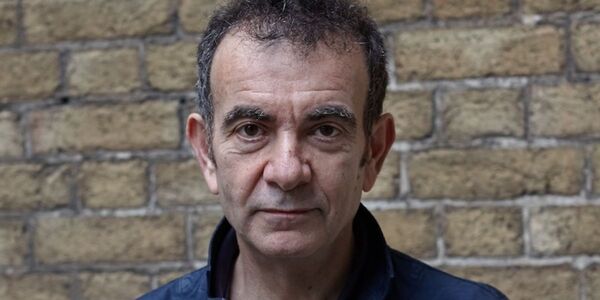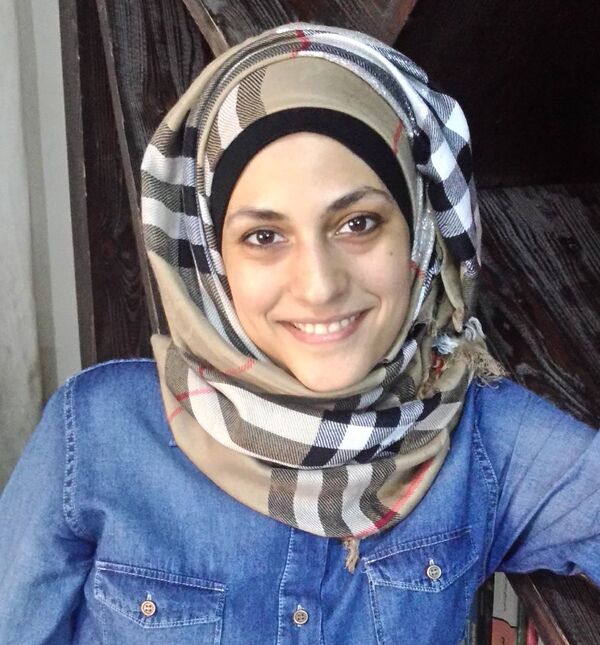
Ten Facts about Artist Olafur Eliasson
This May as part of Brighton Festival, Fabrica Gallery will present internationally renowned contemporary artist Olafur Eliasson’s work, The Forked Forest Path. Discover more about the artist and his work…
Studio Olafur Eliasson was established in 1995
Based in Berlin, Studio Olafur Eliasson consists of a large team of crafts people, architects, archivists, designers, art historians, filmmakers and chefs. Working closely with Eliasson, they help develop, produce and install his artworks as well as conduct research.
Eliasson’s work spans sculpture, painting, photography, film and site-specific installations
Eliasson’s practice engages the broader public sphere through architectural projects, interventions in civic spaces, arts education, policymaking, and issues of sustainability and climate change.
He transformed Tate Modern with a giant sun
In 2003, Eliasson brought The Weather Project to Tate Modern’s Turbine Hall. He transformed the space into a micro-environment, utilising mono-frequency lights to emulate the radiance of the sun and haze machines to create mist reminiscent of dawn fog.
Eliasson views the weather as one of the few fundamental encounters with nature that can be experienced in a city. He is also interested in how the weather shapes a city, and in turn, how the city itself becomes a filter through which to experience the weather.
Eliasson’s art is driven by his interests in perception, movement, embodied experience and feelings of self
His work continually prompts viewers to think about the nature of perception and strives to make the concerns of art relevant in society at large. Art, for him, is a crucial means for turning thinking into doing in the world.
His work is not limited to the confines of a museum or gallery
Since the mid-1990s, Eliasson has exhibited his work in major galleries around the world, but much of his artwork is often found in unusual locations. This prompts a greater sense of awareness about the way we engage and interpret the world and through his art, Eliasson wants us to connect to the natural world, and try to save it in the process.
He uses colour to create public art
Between 1998 and 2001, Eliasson used uranine (a non-toxic water-soluble dye used to test ocean currents) to turn six different rivers and canals around the world the colour green without announcing it to the public.
He used colour to make people view their everyday surroundings in a new way and highlight that we often see cities and spaces as static images but in fact, they are constantly changing.
Cooking fuels his artistic practice
Since 2005, Eliasson has had an in-house kitchen in his studio which serves fresh, organic, vegetarian meals using local produce to feed his staff and fuel their creative ideas. Over the years, the kitchen has collaborated with established chefs and notable guests such as Ai Wei Wei, Alice Waters and Meryl Streep.
In 2016, Eliasson published The Kitchen, a cookbook featuring over 100 recipes cooked at his studio kitchen, which have served as nourishment and a source of creative inspiration and communal discussion every day for his staff, artists and guest collaborators.
In 2019, as part of Eliasson’s exhibition In Real Life at Tate Modern, the SOE Kitchen and Head Chef of Tate’s restaurant Jon Atashroo developed a special menu for Tate’s Terrace Bar. Jon spent a week in Berlin exchanging ideas and approaches with SEO Kitchen Team, developing a vegetarian menu made from sustainable and organic ingredients.
His work raises awareness about climate change
The artist collaborated with geologist Minik Rosing to create a public artwork, Ice Watch, to raise awareness of climate change. Twelve large blocks of ice were harvested as free-floating icebergs from a fjord outside Nuuk, Greenland and presented in a clock formation in Copenhagen, Paris and London.
In 2018, he presented 23 blocks of ice in a ring formation outside Tate Modern. The ice was left to melt naturally, providing a visual representation of the reality of melting arctic ice. Eliasson wanted spectators to touch the shrinking ice and to ask themselves, ‘What does climate change actually mean physically?’.
He created a portable solar lamp for accessible energy
In 2012, Eliasson and engineer Frederik Ottesen founded the social business Little Sun. This global project provides clean, affordable energy to communities without access to electricity and encourages sustainable development through sales of solar-powered lamps and charges, raising awareness of the need for equal access to energy and light.

He brought a forest indoors
Created by the artist in 1998, The Forked Forest Path invites visitors to take a journey through a forest made from locally and sustainably sourced tree branches and saplings. A fully immersive experience, visitors are asked to engage their senses and interact with the natural world but inside a building rather than outdoors.
The Forked Forest Path is part of Towner Art Gallery’s collection and has previously been exhibited in Eastbourne, Manchester and New York and will come to Fabrica Gallery from 18 May to 20 June 2021.
Admission to the exhibition is free with social distancing measures in place for visitors.
Visit Fabrica Gallery website for details of online events from 16 April.



